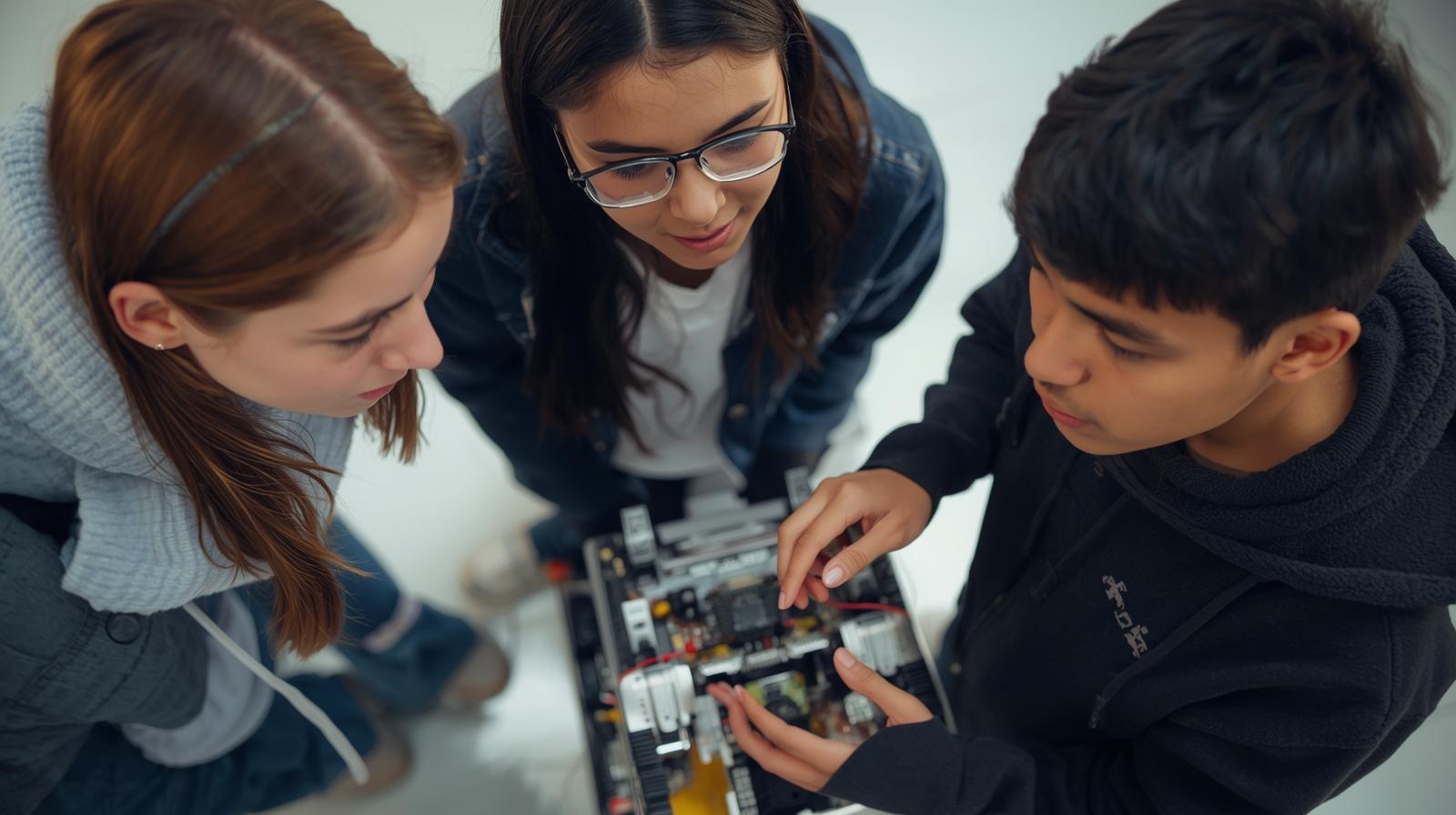The First 48 Hours of OpenAI’s API: An Interview with Tucker Mahan
By MAXX Potential
- Posted:
- Apprenticeship, Businesses

“There’s been a lot of comparisons of this tech to some of the bigger disruptors, such as the internet, Google search, and cloud computing.” Tucker Mahan, MAXX Potential Talent Director, is talking about ChatGPT and the OpenAI API. “There’s a lot of interesting dialogue happening – ethics, opinions, security, value versus investment, and predictions.”
As ChatGPT remains the main topic of conversation at board tables and in break rooms, it’s time to be playing with the possibilities, pushing limitations, and exercising curiosity.
And that’s exactly what Tucker’s been doing. In the first 48 hours after the release, Tucker integrated the new model endpoints into his ongoing project.
How OpenAI API Integration Can Take Your Project to the Next Level
Hour 1: Exploring the Potential of OpenAI GPT-3.5-Turbo and Whisper APIs
With the release of the Whisper API, Tucker envisioned being able to upgrade his custom-built assistant, Dumbledore, to use their transcriptions and translations endpoints to improve the Speech-to-Text speed, add a Spanish practice bot, and implement a wake word solution.
“The Whisper API was super great.” Tucker explained that he’d worked with the open source project before the API was released, and he had considered building something that would do the job for his Dumbledore project. In the end, he’d opted to use an alternative Speech-to-Text solution up until the Whisper API released. “Being able to access their API to do Whisper translations in real time was super exciting.”
He shared his process for a good working session when he wants to be in the zone. “I just sit down. I put my headphones on. I forget to turn the music on, and I start chugging away.”

He focused on Dumbledore for hours, coding several new features to make the assistant do what he wanted. It wasn’t until his wife showed up at his desk with a plate of Margherita pizza around 8:30 pm that he realized he’d forgotten to eat.
Hours 2-5: How ChatGPT Speeds Up Project Development
Throughout the entire project, Tucker kept ChatGPT open on part of his screen to write basic code, trouble shoot, and provide insight as needed. The tool proved its worth. Tucker reported, “ChatGPT helped me debug, frame, and structure a lot of the improved Dumbledore project.”
For Tucker, the idea is to use ChatGPT to speed up his process.

“So when I’m writing a lot of boilerplate, simple logic stuff, Python, JavaScript, HTML, CSS, I’m using it for that. It does get things wrong.” Tucker explains. “I adjust variables and make adjustments where I need to.”
But there’s a key to getting stronger and better code from ChatGPT. Tucker shared, “If I do a good job of feeding it parts of my code up front, or which libraries I’m using, it starts using the variable names and libraries I’ve already selected so that its output is a lot more custom to what you’re doing.”
Hour 6: Testing the Limits of AI Conversation
With ChatGPT by his side, Tucker created Dumbledore 3.5. His new iteration incorporated the Whisper API and GPT-3.5-Turbo models to enhance more in-depth conversation. Around midnight, Tucker tested Dumbledore 3.5.
“Hey, Dumbledore.” Tucker spoke the wake words.
“With whom would you like to speak?” His computer asked.
“Abuelo,” Tucker replied.
“Hola, ¿qué pasa?” was the immediate response from the AI assistant.

Tucker programmed Dumbledore 3.5 to have three different versions of his assistant. For basic functionality, Tucker can reply, “ChatGPT.” If Tucker responds with “Dumbledore,” he’ll be greeted by a voice that sounds uncannily like Dumbledore from the Harry Potter movie series, and if he responds with “Abuelo,” Dumbledore speaks in Spanish.
“I’m constantly working on my Spanish skills. My wife is fluent in Spanish and our son will be bilingual, so I want to make sure that I can keep up with them.” Tucker explains why his personal assistant is fluent in Spanish and English. “Having the ability to talk to a computer that will not judge me when I mispronounce things is front and center for me. This was possible because of the Whisper API and GPT 3.5.”
GPT-4 Is Here – What Are Your Thoughts?
“This is technology worth learning,” Tucker shared. “I believe that it has so many potential applications and will continue evolving rapidly, likely getting integrated into so many of the tools we already use. I tuned into the GPT-4 developer preview with 100k+ others, and the improvements with that model are great to see. My favorite moment was seeing GPT-4 summarize a blog post using only the letter Q and GPT-4 as a proper noun, ‘GPT-4 quintessentially quickens quality quantifications, quelling questionable quandaries.’”
ChatGPT is already being used by many, and Tucker suggests finding out if people on your teams are using the tool. “Odds are there’s at least a couple on your teams who are.”
“Education and training with this tech is a good next step. I think a lot of creative efforts are necessary to discover how to best utilize this tech, because there are so many time and cost savings involved if you do this well. It has certainly increased my productivity.”
At MAXX Potential, we encourage curiosity, initiative, and exploration. If you’re interested in talking with MAXX about how AI can help your company reach its goals, contact us!
MORE POSTS
Alumni Success Story with Jay Spanos, Support Engineer at Synergy Technical
Unmasking Myths About Tech Careers
Inside the Internship Experience and How It Prepares Students for the Future



